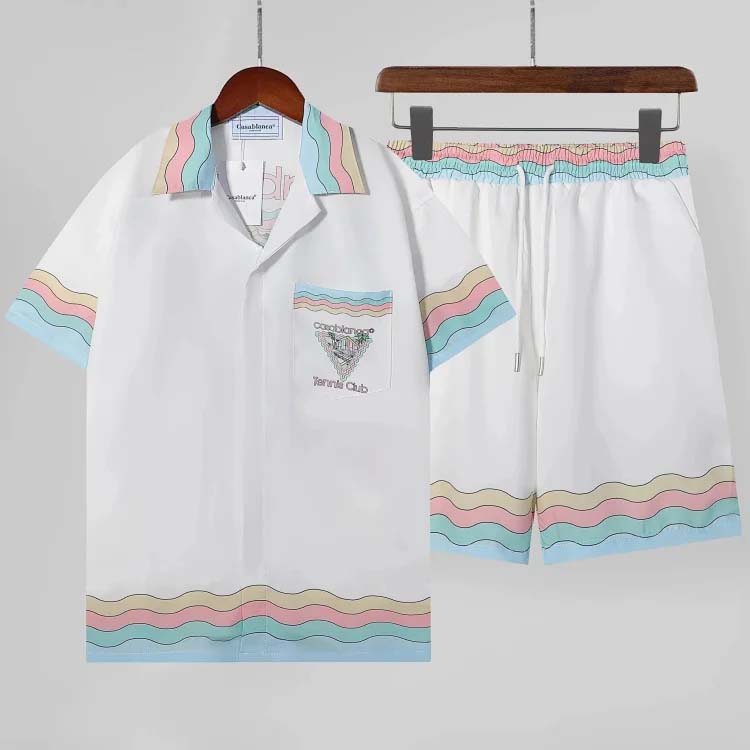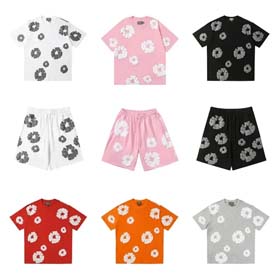How Shopping Spreadsheets Help Reverse Purchasing Platforms Compete in a Fierce Market
In the increasingly competitive market environment, reverse purchasing platforms are constantly seeking innovative ways to gain an edge over their competitors. One such method is the use of shopping spreadsheets to analyze and compare price strategies and cost structures of major purchasing websites. By leveraging data comparison, these platforms can develop a more competitive pricing system, optimize cost accounting and profit estimation through spreadsheets, reduce operational costs while maintaining service quality, and ultimately increase their market share.
Analyzing Price Strategies and Cost Structures
Reverse purchasing platforms operate in a complex ecosystem where understanding competitors' pricing strategies is crucial. Shopping spreadsheets enable these platforms to collect, organize, and analyze data from various purchasing websites. By inputting pricing information, discount rates, and additional costs into a spreadsheet, platforms can conduct a detailed comparative analysis. This allows them to identify patterns, trends, and gaps in competitors' strategies, providing insights into how to position their own pricing more effectively.
Developing a Competitive Pricing System
With the data collected, reverse purchasing platforms can use spreadsheets to simulate different pricing scenarios. By adjusting variables such as product cost, shipping fees, and service charges, platforms can forecast the impact of various pricing strategies on their bottom line. This data-driven approach enables them to set prices that are not only competitive but also profitable. Additionally, spreadsheets can be used to track historical pricing data, allowing platforms to adjust their strategies based on market trends and customer behavior.
Cost Accounting and Profit Estimation
Effective cost management is essential for maintaining profitability in a competitive market. Shopping spreadsheets provide a comprehensive tool for cost accounting, allowing platforms to break down and analyze each component of their expenses. By inputting data related to product acquisition, transportation, storage, and other operational costs, platforms can identify areas where costs can be reduced without compromising service quality. Furthermore, spreadsheets facilitate profit estimation by calculating potential revenue and comparing it with projected expenses, enabling platforms to make informed decisions about pricing and cost management.
Reducing Operational Costs and Increasing Market Share
The ultimate goal of utilizing shopping spreadsheets is to reduce operational costs while maintaining or even enhancing service quality. By identifying inefficiencies and implementing cost-saving measures, reverse purchasing platforms can offer more attractive prices to their customers, thereby increasing their market share. For instance, platforms can use spreadsheets to compare different suppliers' prices and choose the most cost-effective options. They can also optimize shipping routes and methods to minimize transportation costs. These strategies not only improve profitability but also strengthen the platform's competitive position in the market.
Conclusion
In conclusion, shopping spreadsheets are an invaluable tool for reverse purchasing platforms operating in a highly competitive market. By enabling detailed data analysis, cost accounting, and profit estimation, spreadsheets help these platforms develop competitive pricing systems, reduce operational costs, and increase their market share. As the market continues to evolve, the ability to leverage data and optimize costs will remain a critical factor in the success of reverse purchasing platforms.



















